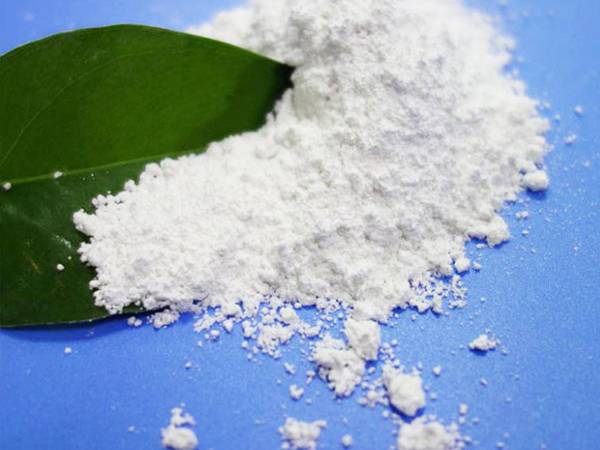



Safety Data Sheet for Solid Sodium Hydroxide Handling and Storage Guidelines
Safety Data Sheet Overview for Sodium Hydroxide Solid
Sodium hydroxide, commonly known as caustic soda or lye, is a highly versatile and widely used chemical compound. Occurring in solid form, it plays a crucial role in various industrial and household applications, including the manufacture of soap, paper, textiles, and as a drain cleaner. However, its use also comes with significant safety considerations, making the Safety Data Sheet (SDS) an essential document for anyone handling this hazardous material.
Chemical Identity and Composition
Sodium hydroxide (NaOH) is an inorganic compound that, in its solid form, appears as white, odorless pellets or flakes. It is highly hygroscopic, which means it readily absorbs moisture from the air. As a strong base with a high pH, sodium hydroxide can react vigorously with acids and moisture, creating heat and potentially hazardous conditions.
Hazards Identification
The first section of the SDS summarizes the hazards associated with sodium hydroxide. It is classified as a corrosive substance capable of causing severe burns to skin, eyes, and respiratory tract. Even minimal exposure to the solid form can result in significant harm. Ingestion can lead to severe gastrointestinal damage, while inhalation of dust may result in respiratory distress and lung damage. Prolonged contact can cause irreversible tissue damage.
Handling and Storage
Proper handling and storage of sodium hydroxide are critical to ensure safety. The SDS recommends storing the solid in a cool, dry place, away from incompatible materials such as acids, organic compounds, and metals. Containers must be made from compatible materials, such as glass or certain plastics, to prevent corrosion. When handling sodium hydroxide, it is imperative to use appropriate personal protective equipment (PPE), including gloves, goggles, and protective clothing.
First-Aid Measures
sodium hydroxide solid sds

In the event of exposure, the SDS outlines the necessary first-aid measures. For skin contact, immediately wash the affected area with plenty of water for at least 15 minutes, while removing contaminated clothing. If sodium hydroxide comes into contact with eyes, it is crucial to rinse them gently with water for at least 15 minutes and seek medical attention immediately, as this chemical can cause permanent eye damage.
If ingested, do not induce vomiting; instead, rinse the mouth and seek medical assistance promptly. Inhalation of sodium hydroxide dust necessitates moving the victim to fresh air and seeking immediate medical help if breathing difficulties occur.
Fire-Fighting Measures
Though sodium hydroxide is not flammable, it can react with moisture and certain materials to release heat. The SDS provides recommendations for firefighting measures, including using water spray to cool containers that may be exposed to fire. Firefighters should wear full protective gear, including self-contained breathing apparatus, to avoid inhaling hazardous fumes.
Environmental Considerations
Sodium hydroxide can pose significant risks to the environment. It is crucial to prevent its release into water bodies or soil, as it can alter pH and harm aquatic ecosystems. The SDS stresses the importance of appropriate spill management and disposal methods in compliance with local regulations.
Conclusion
In summary, the Safety Data Sheet for sodium hydroxide solid serves as a vital tool for ensuring the safe handling and use of this powerful chemical. Awareness of its hazards, proper storage and handling practices, and knowledge of emergency measures are essential for mitigating risks associated with sodium hydroxide. By following the guidelines outlined in the SDS, individuals and organizations can minimize potential health hazards and environmental impacts associated with this essential compound. Always refer to the most current SDS when working with sodium hydroxide or any other hazardous material.
-
Leading Washing Powder OEM Brands | Custom Private Label DetergentNewsSep.01,2025
-
High-Purity Strontium Chloride (SrCl2) for Lab & IndustryNewsAug.31,2025
-
Anhydrous Formic Acid 80% 85% 94% - High Purity SolutionsNewsAug.30,2025
-
Accurate Fire Assay Flux for Gold & Silver Ore AnalysisNewsAug.29,2025
-
Advanced Paint Chem Solutions: Quality Chemicals for CoatingsNewsAug.28,2025
-
Potassium Nitrate: The Ultimate Fertilizer for Agriculture and GardeningNewsAug.25,2025
-
Potasium Persulphate: A Versatile Chemical for Industrial ApplicationsNewsAug.25,2025










